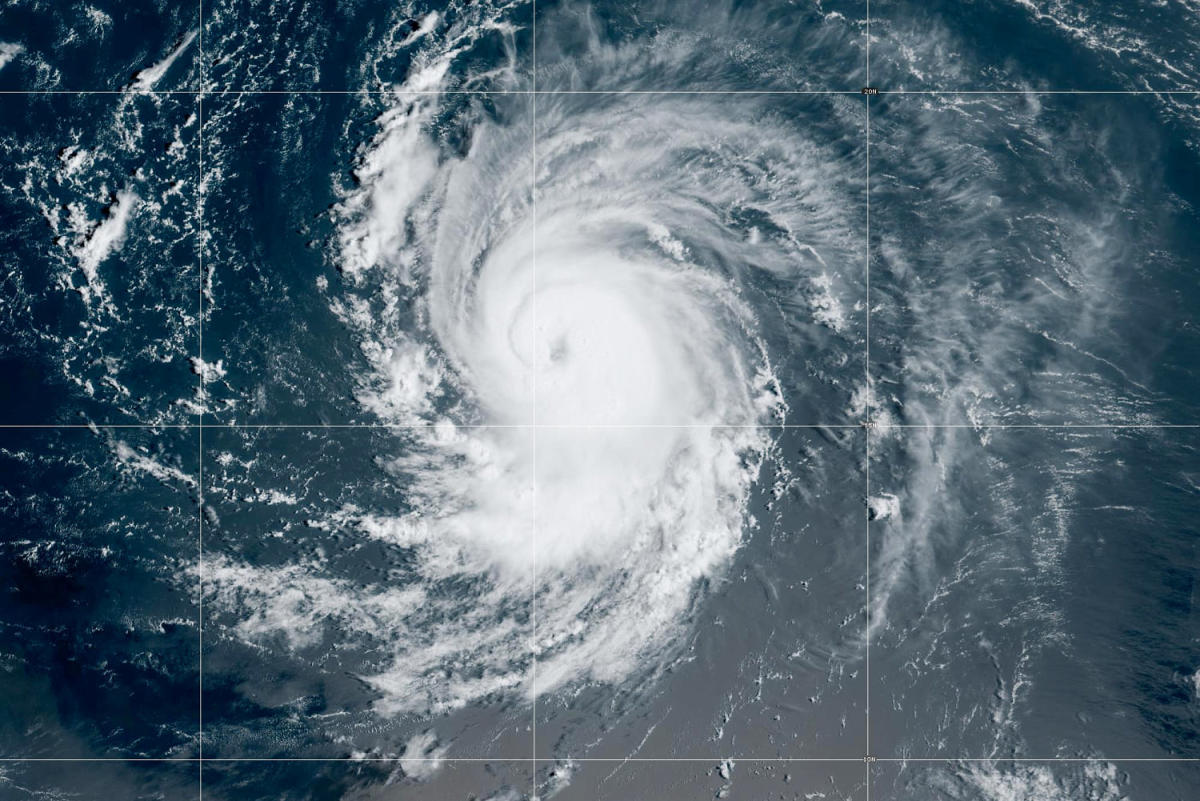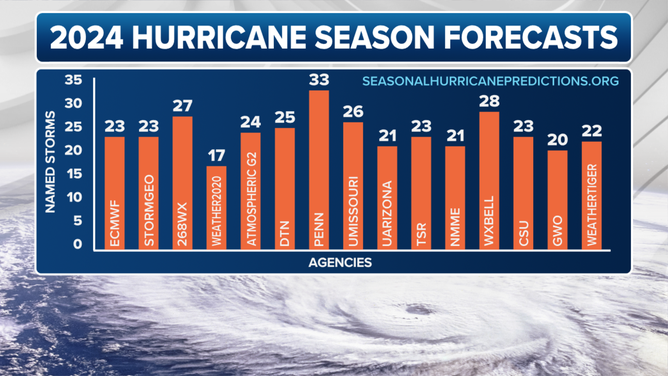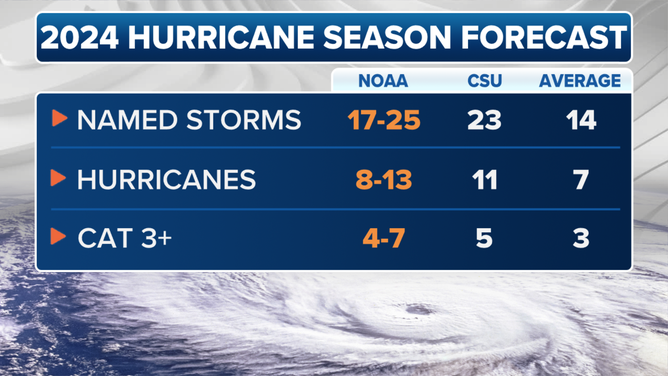
In a significant development, the National Oceanic and Atmospheric Administration (NOAA) has issued its most aggressive hurricane season forecast on record for the Atlantic basin in 2024. The prediction comes as a result of near-record warm waters and the emergence of La Niña conditions in the Pacific Ocean.
According to NOAA, there is an 85% chance of an above-average hurricane season, with between 17 and 25 named storms expected. This surpasses the typical average of around 14 named storms per year. Of these potential storms, eight to thirteen could become hurricanes with winds exceeding 74 mph, and four to seven of those hurricanes may reach major status with winds over 115 mph.
The implications for the U.S. oil and natural gas industry are significant, particularly in Louisiana where refineries along the Gulf Coast account for nearly half of U.S. refining capacity. These facilities risk flooding and power outages during a major storm, leading to evacuation of nonessential personnel and halted production.
ExxonMobil's Baton Rouge refinery and Phillips 66's Alliance refinery in Belle Chase are among those at risk. In anticipation of a major storm, over 1 million barrels per day of capacity could be taken offline. Damage to these facilities may result in extended downtime or even permanent closure.
Offshore crude oil and natural gas production units are also vulnerable to hurricanes and tropical storms. These operations must evacuate nonessential personnel and halt production if necessary, potentially disrupting supply chains for petroleum products.
In 2023, Gulf of Mexico crude oil production accounted for 14% of U.S. crude oil production; natural gas production contributed 2%. Hurricanes can significantly impact these industries by disrupting operations and causing supply chain disruptions.
NOAA's forecast underscores the importance of preparedness and contingency planning in the face of an active hurricane season. The agency advises staying informed about storm developments through credible sources such as NOAA, the National Weather Service, or local emergency management agencies.








